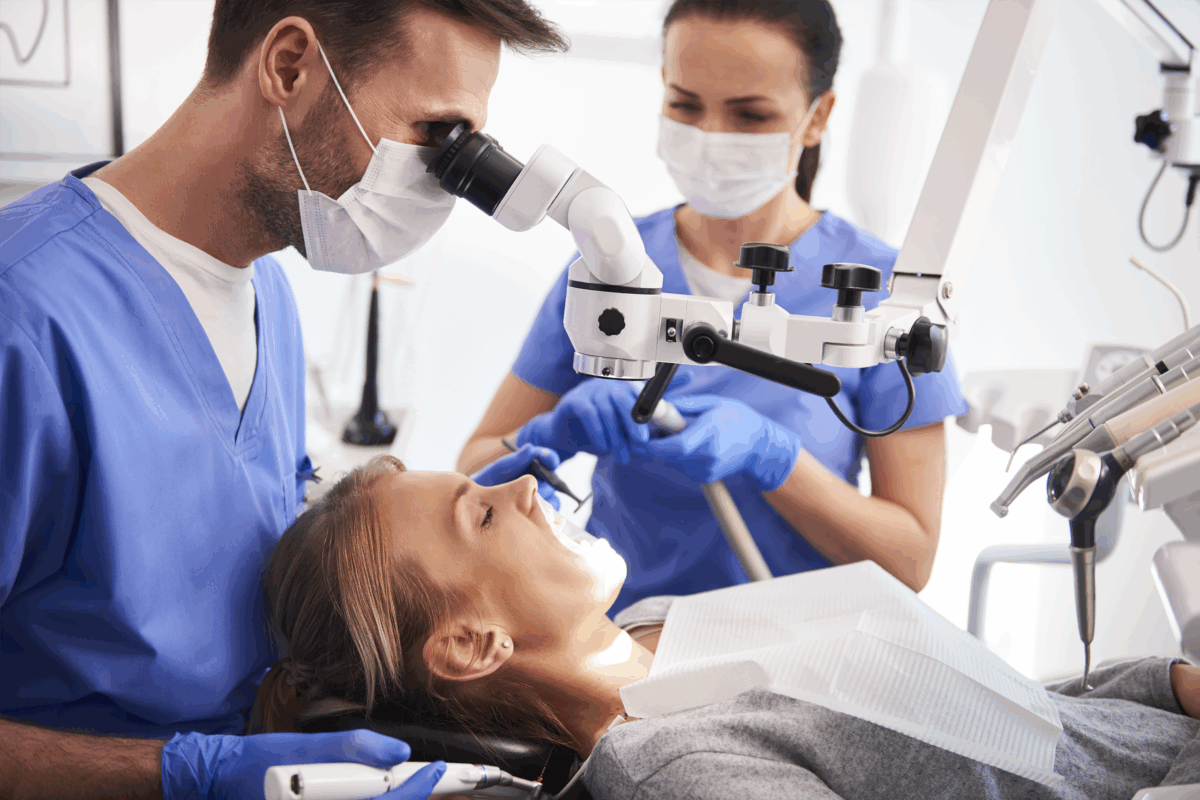Lowell, MA – College life can be busy, and expensive! Days and nights are filled with classes, study sessions, and more, while the cost of tuition, books, and other expenses can take a toll on your bank account. Lowell Dental Arts is proud to offer exclusive discounts on our dental services to all UMass Lowell … Continue reading Discounts for UMass Lowell Students
Lowell, MA – A trusted family dentist can make all the difference when it comes to your family’s oral health. But how can you be sure you’ve found the right place? Lowell Family Dental Arts is proud to be the Lowell dental home for families throughout the area. We are committed to providing exceptional care … Continue reading Lowell Dental Arts is Your Lowell Family Dentist
Lowell, MA – When it comes to finding the best dentist, it can be difficult to navigate through all the names that come up. How can you be sure you’re finding the best Lowell dentist for your family? There are several things you can look for to be sure you’ve found the best dentist to … Continue reading Finding the Best Dentist in Lowell
Orthodontic care can help you correct dental issues such as misalignment, bite problems, and more. According to BioMed Central, over 9 million individuals in the United States receive orthodontic treatment each year, making it the third-largest treatment category in dentistry. Invisalign is a popular type of treatment that can help patients achieve the smile they’ve … Continue reading The Most Common Questions About Invisalign
It’s not uncommon for adults to avoid the dentist because of anxiety, but it’s never a good idea. Your dental health can really go downhill if you don’t visit the dentist regularly. According to AAO, the three oral conditions that most affect overall health and quality of life are cavities, severe gum disease, and severe … Continue reading What to Expect from Your First Dental Cleaning as an Adult




